The dried fruit beetle (Carpophilus hemipterus) is an insect belonging to the order Coleopterafamily Nitidulidae. Vulgarly it is also known as carpophile of dried fruit and it is a small beetle native to India, even if, to date, it has a cosmopolitan diffusion, that is, it is present all over the world. In Italy it is widespread in all regions, but especially in the southern ones and in the islands.
In spite of the name, which suggests attacks and infestations concentrated only on foodstuffs (dried fruit), it is a parasite that also damages the fruit in the field, in particular peaches and figs.
So let’s see how to recognize this beetle and how to defend the orchards and dried fruit in the pantries.
Description of the dried fruit beetle
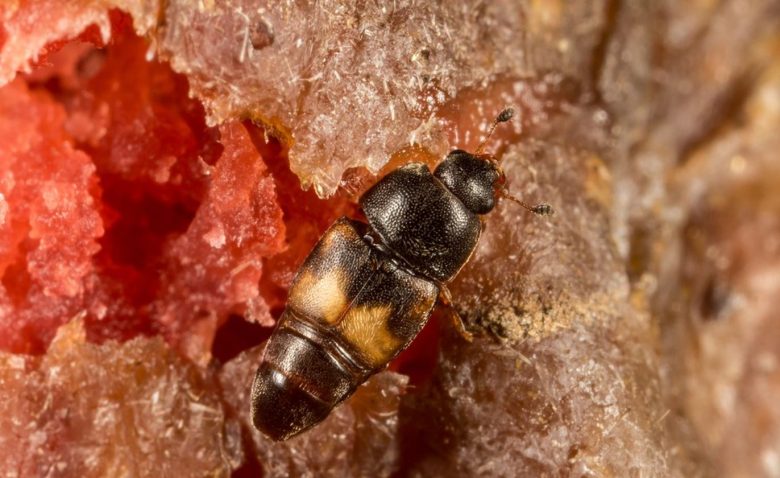
The Carpophilus hemipterus has a length of 2-4 mm. The body of the adult is sub-oval, convex, brown in color. It has a densely and finely dotted prothorax. The elytra (wings) are dark brown in color, each with a broad yellowish spot.
Eggs and larvae
The egg of the dried fruit beetle measures 0.9 x 0.3 mm, has an elongated shape and a cream color.
The larvae, on the other hand, are whitish and measure 4-5 mm in length.
Damage of the fruit beetle in the field
In orchards, beetle infestations are mainly concentrated on peaches of late varieties and on figs, therefore in the late summer period. Occasional attacks have also been reported on Kiwi And oranges. Adults can penetrate into ripe fruit on trees including primary attacks in the peduncle area, or by exploiting the holes already made by other parasites, such as: fruit tree eulia (Argyrotaenia ljungiana), Eastern peach moth (Cydia harasses) And earwig (Forficula auricularia). The presence of the Carpophilus hemipterus on rotting fruits already fallen to the ground or mummified on the plant.
Damage to fruit stored in the warehouse
The damage due to the trophic activity of the beetle can also occur on fruit already harvested and stored in the warehouse, especially in rooms at room temperature. The erosions carried out become entry routes for fungal pathogens, such as botrytis and the monilia, yeasts and bacteria. The consequence is the rapid appearance of rotting spots which in a short time extend to the whole fruit.
Damage of the beetle to dried fruit in pantries
Obviously, dried fruit stored in pantries and other substrates are also subject to attacks by the beetle. The most common examples are dried figs, dates, plums, and almondsthe nutsthe hazelnuts. They are not spared either carobcorn flour, le peanutscassava flour, the linendried potatoes, loose rice, spices, sugar etc.
Carpophilus hemipterus biological cycle
The Carpophilus hemipterus in open field it overcomes the winter at the stage of adult or pupa hidden in the first centimeters of the ground. It can also overwinter as a larva on stored foodstuffs.
Adults make 5-6 generations a year, with the greatest presences occurring in the height of summer.
Females manage to lay up to a thousand eggs, which are deposited on ripe fruit on the tree, on fallen fruit and on other substrates in storage.
The larvae complete development in 2-3 weeks, then emerge from the fruit and pupate in the ground or in the midst of the attached foodstuffs. After a further 2 weeks, the new adults are born.
How to prevent the dried fruit beetle
To eliminate the dried fruit beetle present in orchards, agronomic prevention is of fundamental importance.
It is absolutely necessary to remove the fallen fruits that represent the ideal development substrate of the insect.
After removing the fruit, one is also useful at the end of the season tillage with the tractor’s rotary tillerwith the motor hoe or with the rotary cultivator.
Biological defense against the dried fruit beetle
Another solution for field infestations is the mass capture with pheromone traps. In peach orchards heavily infested with the parasite it is recommended to use at least 20 traps per hectare. The pheromone effective against Carpophilus hemipterus it is found only in highly specialized stores.
Some studies they are finally testing the effectiveness of rosemary essential oil on the parasite.
Defense of dried fruit in storage rooms
Food infestations are prevented somewhat as we have seen for other parasites of this type, such as tobacco wormthe bean weevilthe banded moththe mealwormthe grain awlL’anobio of bread.
Specifically, it is first of all necessary to periodically inspect the storage rooms, paying attention to notice signs of infestation by parasites (rosure, rotten fruit, larvae, etc.). If the inspection reveals damaged food, it is necessary to immediately eliminate it and proceed with a thorough cleaning of the premises or shelves.
An excellent repellent product, completely safe for humans and which can keep the dried fruit beetle away from warehouses is the diatomaceous earth or diatomaceous earth to be strategically placed at potential warehouse entry and transit points.


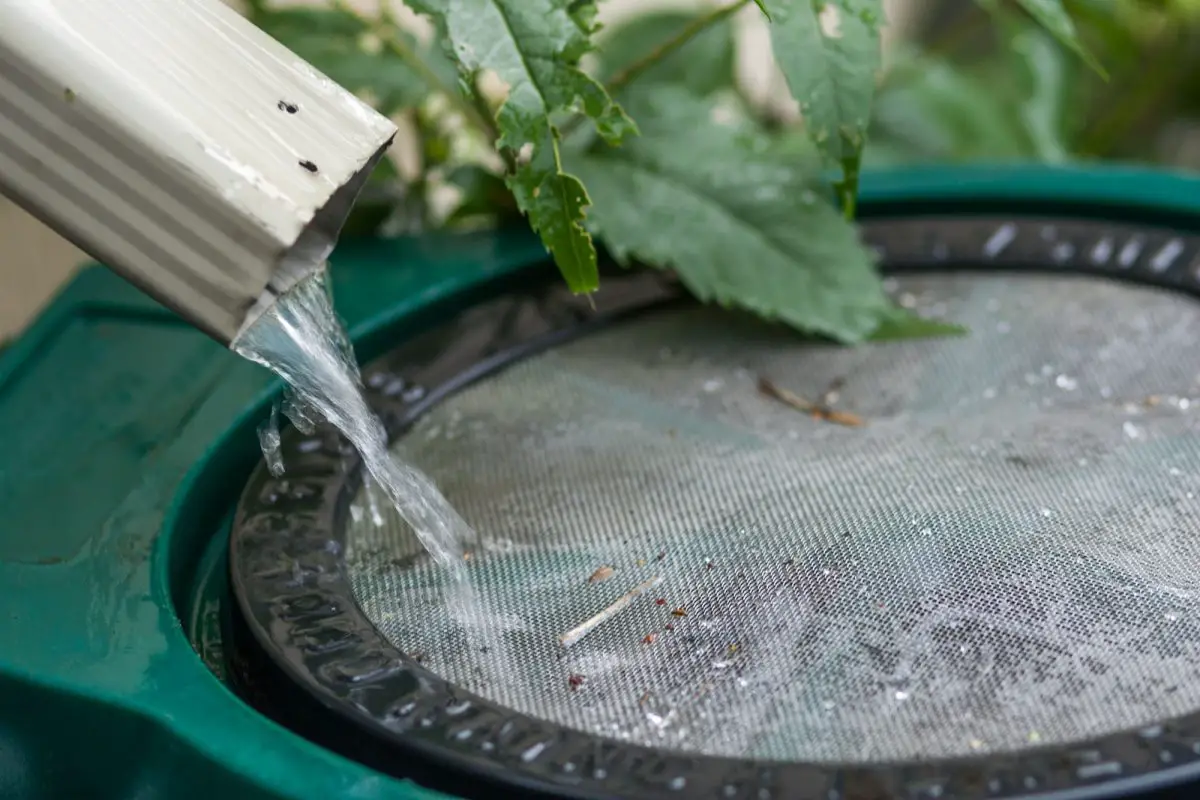
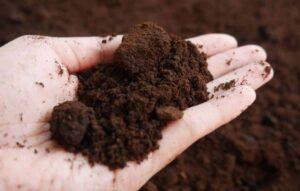
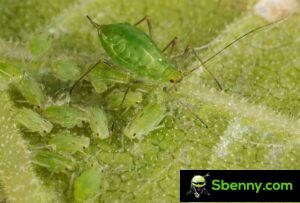
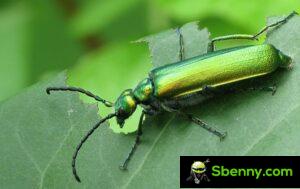
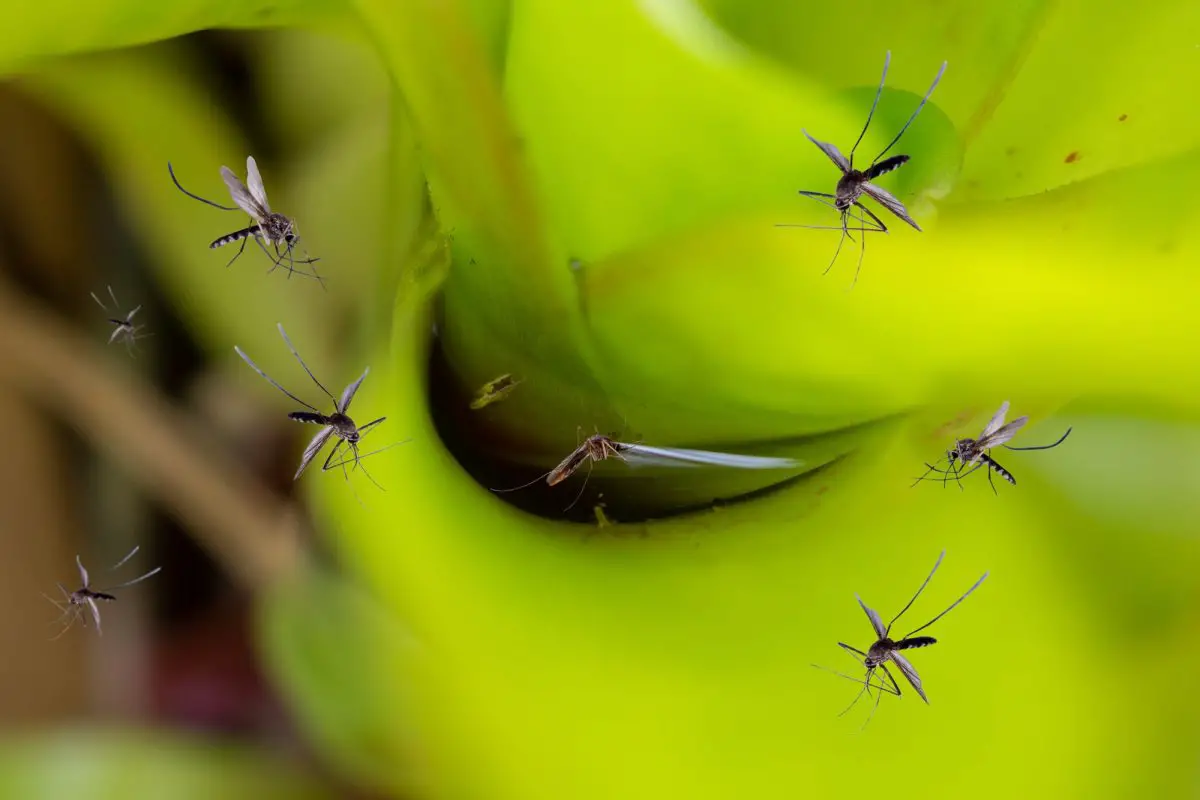
Start a new Thread